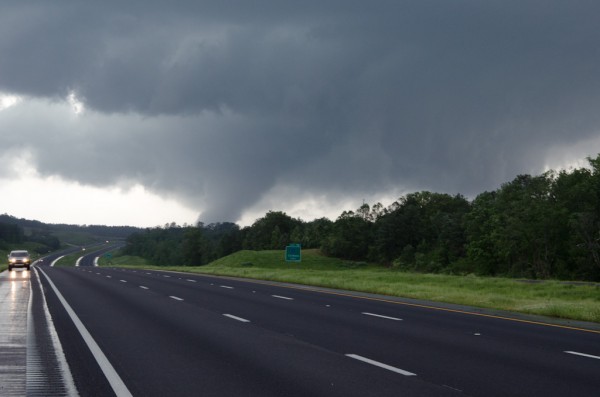Severe Weather Awareness Week
This week is Severe Weather Awareness Week in Alabama. All week long, the elements of the Weather Enterprise, including the National Weather Service, the media and emergency management will be highlighting the variety of threats posed by severe weather.
We also will be participating in an Integrated Warning Team exercise on Thursday, with members from all of the partners meeting in Shelby County in an effort to better understand the challenges faced by the different elements of the partnership.
Two things will stack the odds in your favor when a tornado or other severe weather comes calling. First, you need a way to receive severe weather warnings. Second, you need to have a general knowledge of severe weather safety principles that will help you survive when deadly weather hits. The NWS Birmingham has produced three excellent short videos to help you get prepared. Check out the videos on the NWS BMX website.
Here is a look at the hazards that Alabamians face in the area of severe weather:
Thunderstorms
Thunderstorms are a familiar occurrence in Alabama. In Birmingham, we average 57 thunderstorm days a year. Mobile averages 79 thunderstorm days. Many find storms to be interesting and even thrilling. But they are dangerous creatures that deserve our respect. By definition, thunderstorms contain lightning, the underrated killer. They also produce damaging winds, hail, flooding and tornadoes. Thunderstorms are considered to be severe when they result winds of 58 mph or greater and/or hail 1 inch in diameter or greater. The primary safety rule for dealing with thunderstorms is to be in a well built structure, away from windows. This will protect you from the hail and non-tornadic winds.
Straight Line Winds
Damaging winds occur much more frequently than tornadoes and can be just as damaging. They can exceed 100 mph. Trees and power lines can be knocked down. Mobile homes can be overturned and well built homes and buildings damaged. Downbursts are produced by ordinary pulse thunderstorms, particularly in the summer.
Hail
Hail is most common in the spring in Alabama, when atmospheric conditions make it most likely that the ice can reach the ground. Hail can cause severe damage to automobile and even to buildings, damaging roofs and windows. Hail injuries are rare, but do happen. Hail can also cause death, as happened on March 28, 2000 when a man in Fort Worth, Texas was struck by a baseball sized hailstone. There have been five recorded hail fatalities in U.S. history. So while it is not a frequent killer, it can still be deadly. To be safe, just don’t get caught outside in a thunderstorm.
Lightning
Lightning kills more Americans each year on average than hurricanes or tornadoes. Each year, around 100 people die from lightning and another 500 are injured. Since 1995, 22 Alabamians have been killed and 127 injured by lightning. For safety, if caught outside, go into a sturdy building. Sheds, dugouts and tents are not sufficient. Get inside an enclosed motor vehicle with the windows and doors closed. Avoid open areas, isolated objects or high ground. Stay away from fences, pipes, power lines, bikes and bodies of water. While inside, stay off phones and away from plumbing, electrical equipment. Don’t lie on concrete floors or against concrete walls.
Tornadoes
Tornadoes need no introduction in Alabama, especially after 2011. The violently rotating columns of air descend from thunderstorms and can destroy well built homes and buildings. Mobile homes must be abandoned if a tornado is possible Motor vehicles are death traps in tornado winds. In a home or small building, go to an interior room on the lowest floor. Get under something sturdy. Protect yourself from flying debris. If caught outside, get in a ditch or depression and shield your head.
Flooding
If flooding is imminent or occurring, get to high ground. Stay out of flooded areas. Do not drive into areas of standing or moving water. Be especially careful at night when it is difficult to spot flooding conditions.
Category: Alabama's Weather, Severe Weather



















